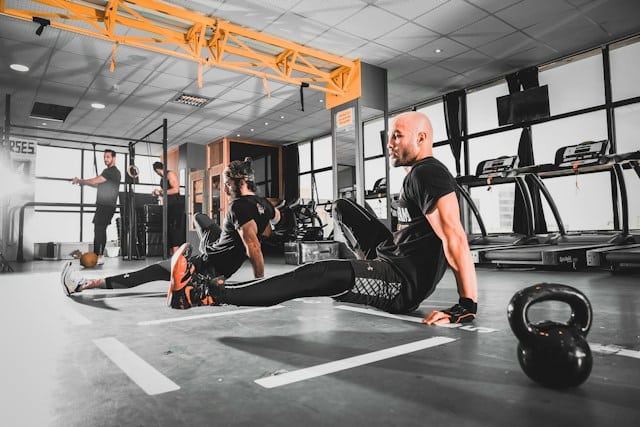Can biomechanics help in designing more efficient sports equipment?

In the realm of sports, the quest for peak performance has no finish line. Athletes continually pursue strategies to elevate their game. From rigorous training regimens to dietary adjustments, athletes undertake various measures to boost their performance. In recent times, the field of biomechanics has emerged as a game-changer, offering a profound understanding of human movement that can impact sports performance, injury prevention, and equipment design.
Biomechanics: A New Frontier in Sports
Think of biomechanics as a fusion of biology and mechanics that aims to understand the intricacies of human movement. It is a science that studies the forces acting upon and within a biological structure and the effects produced by these forces. In the context of sports, biomechanics can provide valuable insights into optimizing athletic performance, preventing injuries, analyzing movement patterns, and even designing sports equipment.
En parallèle : How can anti-doping education be effectively integrated into sports curriculums at all levels?
Let’s delve a bit deeper into the connection between biomechanics and sports. The understanding derived from biomechanics can help athletes fine-tune their techniques by revealing the most efficient ways to move. It can also help reduce the risk of injury by identifying harmful movement patterns. The biomechanical analysis of sports can provide quantitative data that can be utilized to improve performance and reduce injuries.
The Role of Biomechanics in Sports Performance
The essence of biomechanics in sports lies in optimizing performance and minimizing injuries. By understanding the complex interplay of forces involved in every movement, athletes can refine their techniques, enhance their training, and prevent injuries.
A découvrir également : How can grassroots initiatives promote gender equality in sports participation and leadership?
When it comes to performance, biomechanics can assist in determining the most effective movement patterns. For instance, the precise sequence of muscle activation in a sprinter’s stride or the optimal angle at which a golfer should swing their club. These insights are rooted in data and scientific analysis, offering a concrete basis for performance enhancement.
Likewise, biomechanics can contribute significantly to injury prevention. By assessing the manner in which athletes move, potential risks can be identified early. For example, a tennis player’s serve that places undue stress on the shoulder joint or a basketball player’s jump shot that risks knee injury. By recognizing these risks, athletes can adjust their techniques and reduce the chance of injury.
Biomechanics: A Catalyst for Sports Equipment Design
Beyond performance and injury prevention, biomechanics has a transformative role to play in the realm of sports equipment design. By deeply understanding the nature of human movement, engineers can design equipment that aligns with an athlete’s natural motion, thereby enhancing efficiency and effectiveness.
Consider the design of running shoes. With a biomechanical understanding of the foot’s movement during running, engineers can design shoes that provide the right amount of support, cushioning, and flexibility. This not only enhances the runner’s performance but also reduces their risk of injury.
Similarly, biomechanics can inform the design of sports equipment like golf clubs, tennis rackets, or even bicycles. Engineers can design these items to harmonize with an athlete’s movement, improving performance and reducing the likelihood of injury. The incorporation of biomechanical data into equipment design can lead to more efficient, effective, and safer sports gear.
Key Takeaways: The Impact of Biomechanics on Sports Equipment Design
So, can biomechanics help in designing more efficient sports equipment? The answer is a resounding yes. Biomechanics can provide a wealth of understanding about the human body, its movements, and the forces it can produce and withstand. This knowledge can be harnessed to design sports equipment that enhances performance and minimizes the risk of injury.
Biomechanics can help design equipment that aligns with an athlete’s natural movement, thereby boosting efficiency. It can also identify potential risks of injury associated with specific equipment or techniques, prompting design changes that can reduce these risks.
At its core, biomechanics transforms the way we approach sports. It bridges the gap between the athlete and the engineer, sparking innovations that can revolutionize sports performance and safety. As we delve deeper into the biomechanical understanding of human movement, the future of sports equipment design looks promising.
In the realm of sports, where margins of victory can be razor-thin, the impact of biomechanics cannot be understated. By leveraging the principles of biomechanics, we can pave the way for more efficient, effective, and safer sports equipment. The true potential of biomechanics in sports, though vast, is only beginning to be realized. The future holds exciting possibilities, and the journey is only just beginning.
